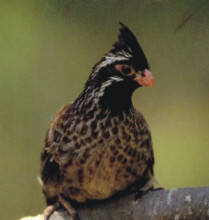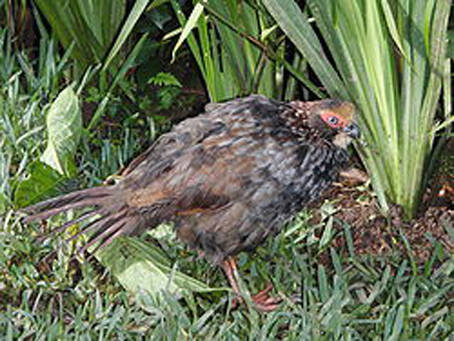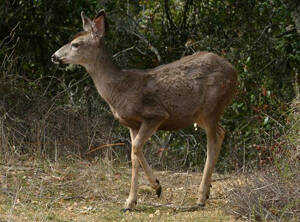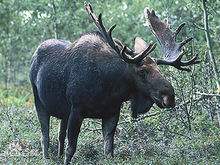
Dendrortyx macroura, Long-tailed wood-partridge, Long-tailed Wood Partridge, the specific habit is unknown. The breeding season occurs from February to April. Each clutch lays 4-8 eggs, with an average of 6 eggs, and the incubation period is usually 28-32 days.Listed on the International Union for C...

Its scientific name is Dendrortyx leucophrys, but its specific habits are unknown. The breeding season is from February to April. Each clutch lays 4-8 eggs, with an average of 6 eggs, and the incubation period is usually 28-32 days.Listed on the International Union for Conservation of Nature (IUCN)...

The Bearded quail (Dendrortyx barbatus) is bearded Wood-partridge and has no bearded subspecies.The whisker quail's call consists of a loud series of whistles with three or four long, high syllables: O EE EE, with the last note strong. Female birds can be distinguished from male birds by their l...

Mule Deer (scientific name: Odocoileus hemionus) is also known as Mule Deer, Black-tailed Deer, Cedros Island Mule Deer, Cedros Island Black-tailed Deer, and has 11 subspecies. It is named after its mule-like ears and is also called black-tailed deer.Mule deer are like nomads, following water and gr...

Moose, whose foreign name is Moose, has 8 subspecies and is the tallest deer in the world.The number of prongs in a moose's antlers is related to age. New horns are born between 6 and 8 months of age. The newly born horns are single branches, called cone horns. In the third year, 2 forks separat...